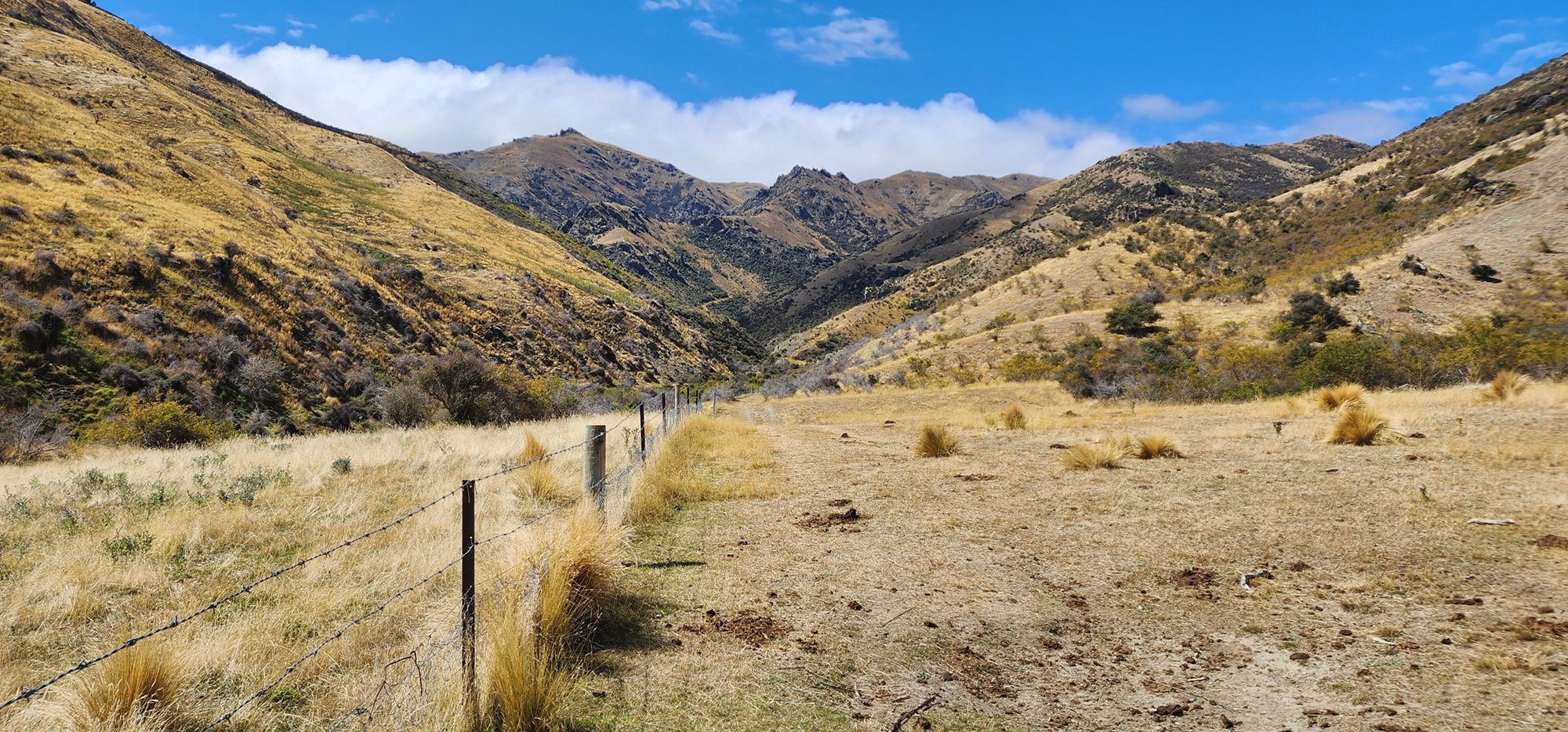Before people, the ranges supported mountain tōtara, silver beech, celery pine forests and kowhai and kanuka scrubland.
With the arrival of people there were profound vegetation changes resulting from fires lit by hunter-gatherers, subsequent pastoral grazing and the arrival of introduced species.



